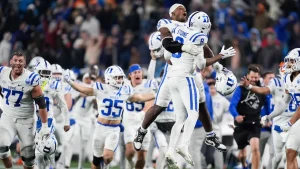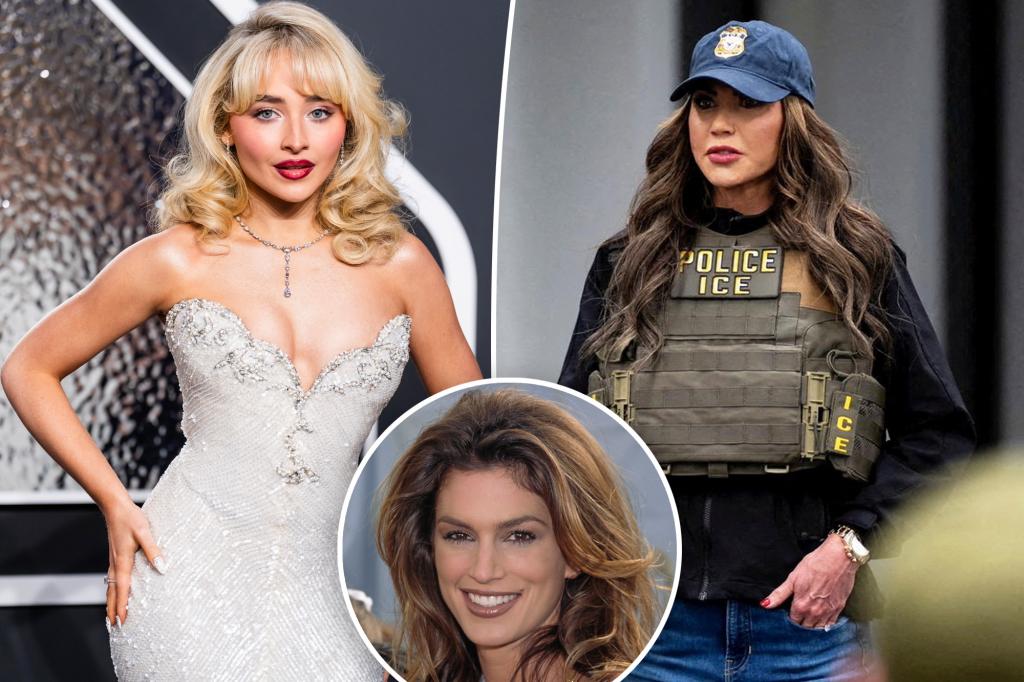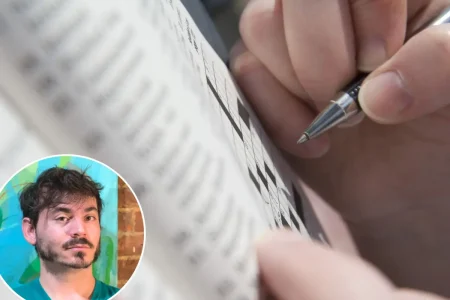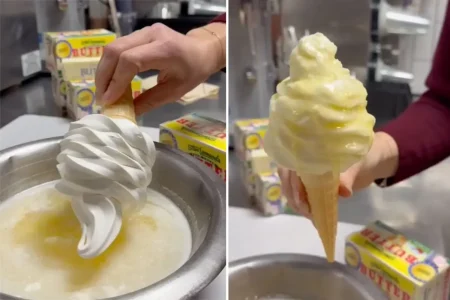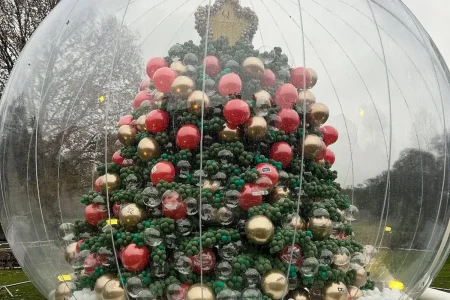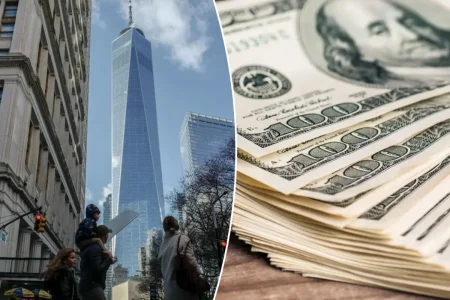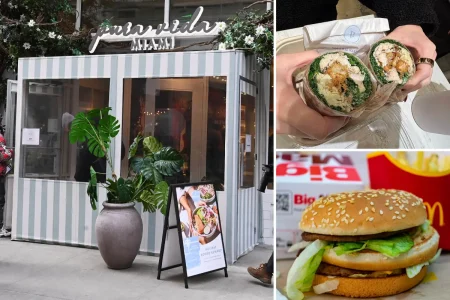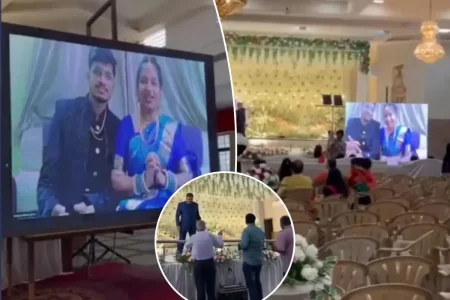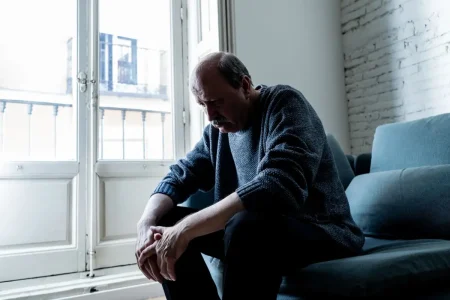The resurgence of the voluminous blowout hairstyle, reminiscent of the 1990s supermodel era, has taken the beauty world by storm. This trend, characterized by significant root lift and fluffy, brushed-out curls, has become a ubiquitous sight on celebrities, models, influencers, and even political figures. Its widespread adoption marks a departure from the more natural, understated hairstyles that dominated during the pandemic years, signaling a shift towards bolder and more dramatic looks. The blowout’s revival speaks to a desire for glamour and a return to a more polished aesthetic. This resurgence is not merely a fleeting trend; it represents a broader cultural shift in beauty ideals and self-expression.
The ’90s blowout, popularized by icons like Cindy Crawford, is distinguished by its voluminous, bouncy curls that frame the face. Unlike tighter curls or more structured styles, the ’90s blowout emphasizes a relaxed, yet polished look. This style often incorporates curtain bangs, another ’90s trend that has seen a resurgence, further solidifying the throwback aesthetic. The modern iteration of the blowout retains the core elements of volume and bounce but incorporates contemporary techniques and products for a more refined finish. The use of velcro rollers, hood dryers, and specialized styling products contributes to the signature voluminous and long-lasting effect.
The widespread embrace of the blowout is evident across various platforms, from high-fashion runways to social media tutorials. Designers have incorporated the style into their collections, showcasing its versatility and timeless appeal. Models sporting bombshell blowouts have graced the catwalks of renowned fashion houses, solidifying the trend’s position in the current fashion landscape. On social media platforms like TikTok, beauty enthusiasts share their tips and tricks for achieving the perfect blowout at home, using everything from traditional rollers to DIY hacks involving socks and satin rods. This online community has further fueled the trend’s popularity, making it accessible to a wider audience.
The resurgence of the blowout has not been confined to the realms of fashion and entertainment; it has also made its way into the political arena. Prominent figures have embraced the style, often sparking discussions about the intersection of image, power, and femininity. While some view the blowout as a symbol of polished professionalism, others critique its potential to perpetuate traditional gender roles and expectations. This discourse highlights the complex relationship between personal style and public perception, particularly for women in positions of power. The blowout, in this context, becomes more than just a hairstyle; it becomes a statement, subject to interpretation and debate.
The blowout’s popularity can be attributed to several factors, including its versatility and ability to enhance one’s overall appearance. The voluminous style adds height and fullness to the hair, creating a flattering frame for the face. It can be adapted to suit various hair lengths and textures, making it a universally appealing choice. Furthermore, the blowout exudes a sense of confidence and glamour, contributing to a polished and put-together image. This association with sophistication and timeless beauty resonates with individuals seeking a classic yet contemporary look.
The return of the blowout represents a cyclical trend in beauty, where styles from past decades are reinterpreted and reintroduced to a new generation. This resurgence is not simply a nostalgic throwback; it reflects a broader shift in beauty ideals towards embracing glamour and celebrating individual expression. The blowout, with its voluminous, bouncy curls, embodies a sense of confidence and timeless elegance, making it a fitting symbol of this evolving aesthetic. Its widespread adoption across different demographics and platforms underscores its enduring appeal and its ability to transcend fleeting trends.

